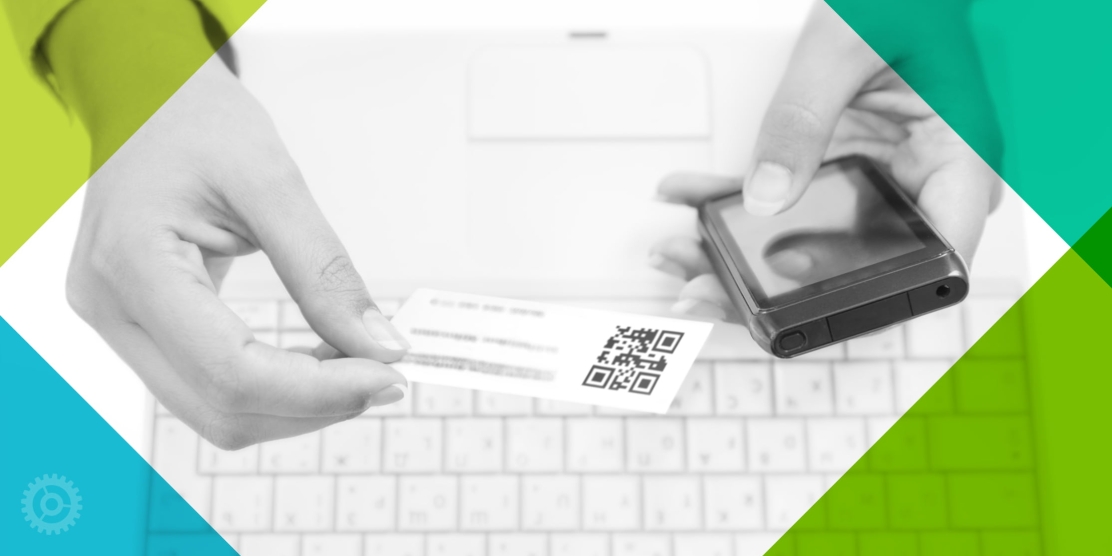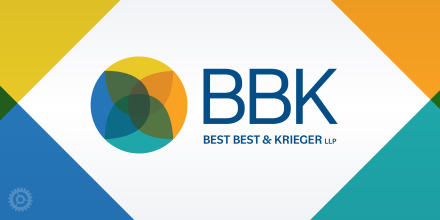
I sometimes look at my colorful, paper business cards, printed on heavy stock with a really neat-o orange edging, and remember the days when I handed out hundreds every year to new acquaintances who would often say “Ooo! How pretty!”
I’ve started using my business cards again recently, and it sure feels nice. But now, with so much happening online, many of my clients have asked questions about digitally sharing their contact info. Here are a few ways to make that happen:
v-Cards
vCards are easy to generate and email to people. They work pretty seamlessly so recipients can add your contact info directly to their address book. You can include a link to your vCard in your email signature, or your IT person can add them to everyone’s email sig throughout your firm. They can also be added to each person’s bio page on your website. When we build sites, we usually code the site so vCards are dynamically generated, saving lots of time and minimizing upkeep.
QR Codes
There are several ways that you can leverage a QR code to share contact info. You can print a QR code on a business card, typically in addition to the standard contact info that you share on the card. The QR code can then do one of several things. It can (A) be generated to contain all of the person’s contact info and directly download the vCard. It can (B) link to a vCard that is hosted on a server. Option (A) takes fewer steps, but the QR code will be much larger — about an inch or more square, compared with option (B), where the code is only about a half-inch in size. Considering that a standard business card is only 2″ x 3.5″ the larger code takes up a lot of real estate. A third option (C), that I prefer, is linking the QR code to the person’s bio page on the firm’s website. There, people can find contact info and read more about the person’s areas of expertise. Option (C) drives traffic to your website where visitors can continue exploring and learning more about your firm beyond that one individual’s bio.
Occasionally we get asked about including a QR code in email signatures, but this is generally not recommended. If someone receives an email with a QR code in the sig, they’d need to hold their phone up to the computer screen to scan the QR code to access the vCard (which is unlikely). And if they are reading the email ON their phone, then what? It’s better to use a vCard in the sig.
If you have never made a QR code and are confused about the different kinds and how to get going, here’s a good place to start. If you use Adobe InDesign, you can make QR codes right from there.
Digital Business Cards
For in-person networking, a newer solution is a digital business card like Linq. This is a sturdy, one-of-a-kind card (like a credit card) that has a QR code printed on it that ties to your contact info (how it works, exactly, varies a bit by company). When interacting at a networking event, rather than handing a prospect a paper business card, the prospect scans and downloads your contact info directly to their phone. It’s nice that your contact info is immediately in their address book and you have avoided wasting paper, but I enjoy reviewing paper cards after an event. Personally, it helps me remember who I’ve spoken with. Do some research before you dive into investing in digital business cards for your firm. There are a number of options out there, and all have their pros and cons. We liked that Linq allows you to customize the cards with your firm’s logo and brand colors, for example.
Are Paper Cards Over?
I love designing printed stationery and business cards and hope they do not go the way of the dodo. For me, beautiful cards are like little gifts. I love touching the paper’s texture and admiring the colors. But many get tossed away, and there are, of course, environmental concerns. So what do you think, should we retire the printed business card? Let me know your thoughts!




